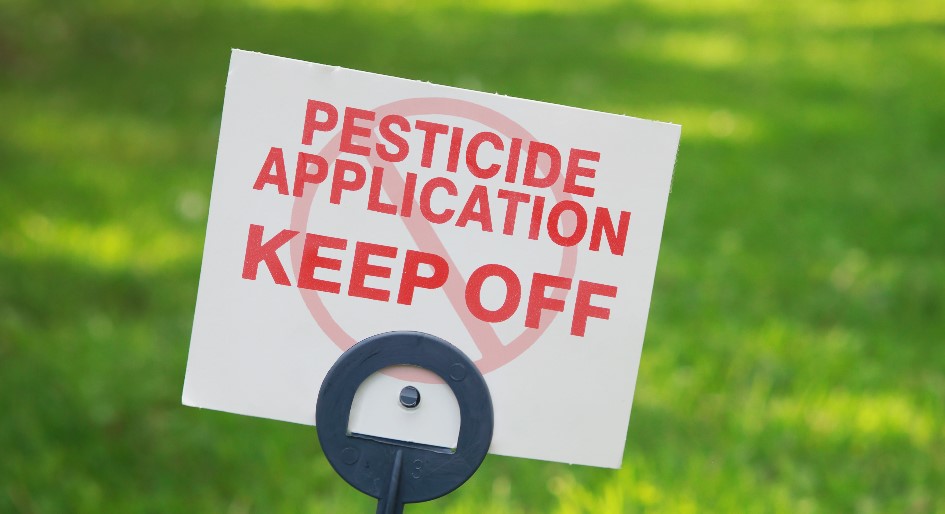Research scientists have developed a user-friendly pesticide classification scale to support integrated pest management (IPM) and help farmers and groundskeepers make more informed comparisons of risks posed to human and environmental health. A resulting list of 659 pesticides — categorized as highly hazardous, high-risk or lower-risk — was published in the research journal, Lancet Planetary Health, earlier this winter.
“Our guideline provides a mechanism to shift towards lower risk pesticides and limit environmental risks during a period when regulatory systems catch up with current scientific knowledge about pesticide effects,” the lead researchers state in an accompanying article outlining the steps and rationale of their multi-year project. “Decision support for pesticide hazard and risk reduction can be incorporated within IPM programs to reduce use of pesticides and effects of these compounds while also managing pests.”
Researchers applied a range of filtering criteria to delineate the 243 lower-risk pesticides, addressing substances that are: toxic to humans and/or wildlife, aquatic species and pollinators; pose risks of cancer, birth defects or DNA mutation; magnify as they advance through the food chain; or deplete atmospheric ozone. They also considered the degree of training and personal protective equipment (PPE) required for safe handling.
Near the final stages of review and refinement, the list was tested in a practical application during a 2018 fall armyworm infestation in Africa.
“Of the 11 lower-risk compounds that only require single-layer PPE, at least seven had good to excellent efficacy against fall armyworm,” the researchers report. “The diversity of modes of action for these lower-risk pesticides is such that selection pressure for resistance could be limited by rotating between them.”
The list is envisioned as a guide for similar kinds of decision-making worldwide. A combination of government agencies and non-governmental organizations, including the US Department of Agriculture, the Sustainable Agriculture Network and the Rainforest Alliance, provided funding for the work. Lead researchers are affiliated with the Integrated Plant Protection Center at Oregon State University, the Sustainable Agriculture Network and the Rainforest Alliance.
“As far as we are aware, our analysis is the first to propose a method for implementing the idea of a minimum pesticide list and is the first to outline lower-risk candidate compounds,” they observe.







